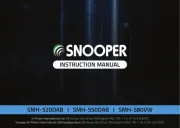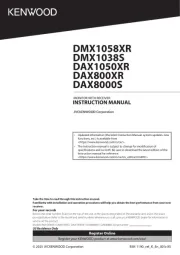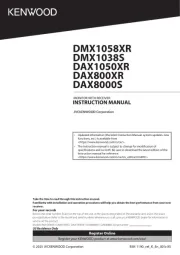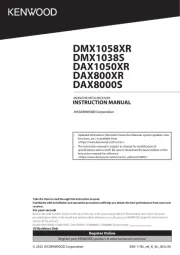JVC KD-LX333R Manual
Læs gratis den danske manual til JVC KD-LX333R (178 sider) i kategorien Bilradio. Denne vejledning er vurderet som hjælpsom af 18 personer og har en gennemsnitlig bedømmelse på 4.1 stjerner ud af 9.5 anmeldelser.
Har du et spørgsmål om JVC KD-LX333R, eller vil du spørge andre brugere om produktet?

Produkt Specifikationer
| Mærke: | JVC |
| Kategori: | Bilradio |
| Model: | KD-LX333R |
Har du brug for hjælp?
Hvis du har brug for hjælp til JVC KD-LX333R stil et spørgsmål nedenfor, og andre brugere vil svare dig
Bilradio JVC Manualer
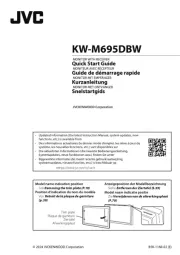
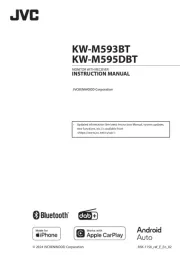








Bilradio Manualer
- Pyle
- Peiying
- Dension
- Audison
- Fiat
- Minix
- Navitel
- Opel
- Twister
- VDO
- Trevi
- Fusion
- MB Quart
- Norauto
- Caliber
Nyeste Bilradio Manualer


